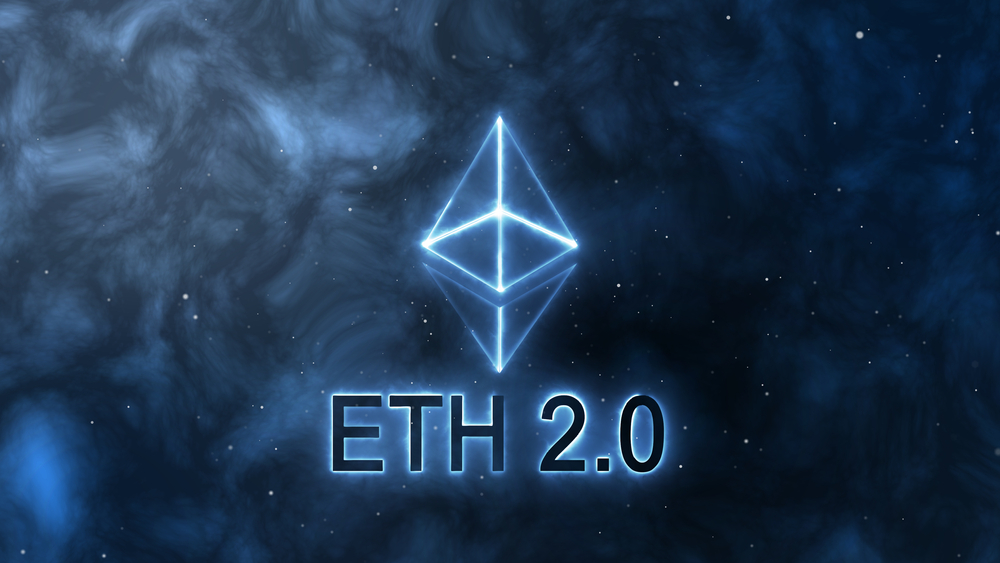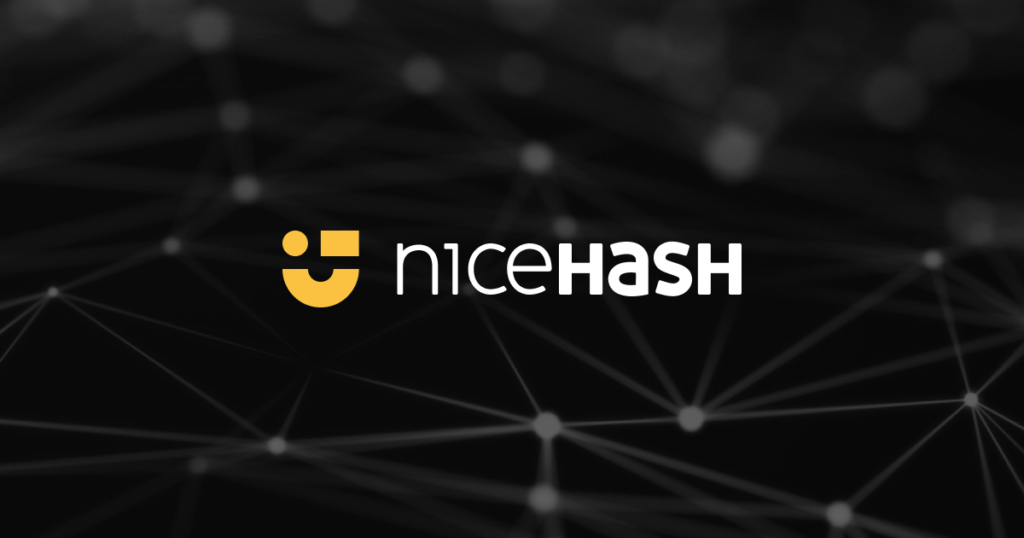
Unlike the previous Ethereum, Ethereum 2.0 will be powered by a new consensus POS (rate confirmation). The long-awaited update to the Ethereum network, which converts Ethereum from PoW to PoS, will take place on September 14. You can read everything you need to know about the transition from Ethereum to PoS merger in PoS (bid confirmation) here.
Among the most significant improvements, it is important to note the following: Green – the energy costs associated with bitcoin mining are a thing of the past;
Network and transaction security, etc;
Increased scalability of the network; Reduced transaction costs; Greater network bandwidth;
The Ethereum merger is just the foundation on which the Ethereum Foundation team will build and implement any future goals and ideas.
The number of decentralized applications (Dapps) has increased dramatically since the launch of Ethereum, and most of these technologies were developed on the Ethereum network. And unfortunately, as Ethereum gained in popularity, scalability problems began to appear. “Etherium. This time period, which began in 2021, is known as the “Golden Period for Miners.”
What is Ethereum 2.0.
The long-awaited Ethereum 2.0 network update (often called Eth2) promises, among other things, greater efficiency and scalability without sacrificing security or decentralization.
The adoption of the Proof-of-Stake (PoS) consensus method is one of the key differences between Ethereum and Ethereum 2.0.
POW search is handled by Ethereum. However, PoW is not scalable, requiring more processing power as it becomes more popular. Increased energy consumption, more pollutants, increased complexity of block mining, etc.
In addition, Ethereum 2.0 uses a POS-proof tariff. In a type of consensus method known as PoS, validators cast votes for the next block, with the weight of each vote varying based on the amount of ETH stuck. This implies that trustworthy nodes (validators) must have a certain amount of ETH tokens on their balance in order to receive payment for their services.
How would you briefly describe Ethereum 2.0 PoS?
Placing bets using ETH seems to be comparable to making a deposit in a bank. When a bank sells a certain amount that you hold, you receive an annual interest payment in the form of an interest rate. The same is true for ETH; you put your coins in, they act as validators (confirming network transactions), and you get rewarded with ETH as payment. Naturally, your ETH is temporarily blocked both when you deposit and when you place a bet. You must also have at least 32 ETH to become a validator.
Ethereum 2.0 Scale.
According to Vitalik Buterin, the network is “on the verge” of scaling 100 times.
In the coming weeks, the creators of Optimism will make their Level 2 solution available for purchase. Segmentation will be used by ETH 2.0 once it is fully implemented to ensure scalability. However, Erin believes that investing in Ethereum will be enough in the long run. Ethereum’s capacity can be increased hundreds of times even with these inferior methods. Before integrating transaction packets into the core Ethereum network, accumulation packets process and store transaction data in the sidechain. They are designed to address Ethereum’s scalability issues, which have led to a significant increase in fees over the previous few months.
Read more articles about cryptocurrencies and mining at COOL-MINING.ORG.
Do you like to read similar articles about cryptocurrencies and mining, do you want to support me as an author or ask questions? Be the first to know the news, subscribe to my telegram channel

























